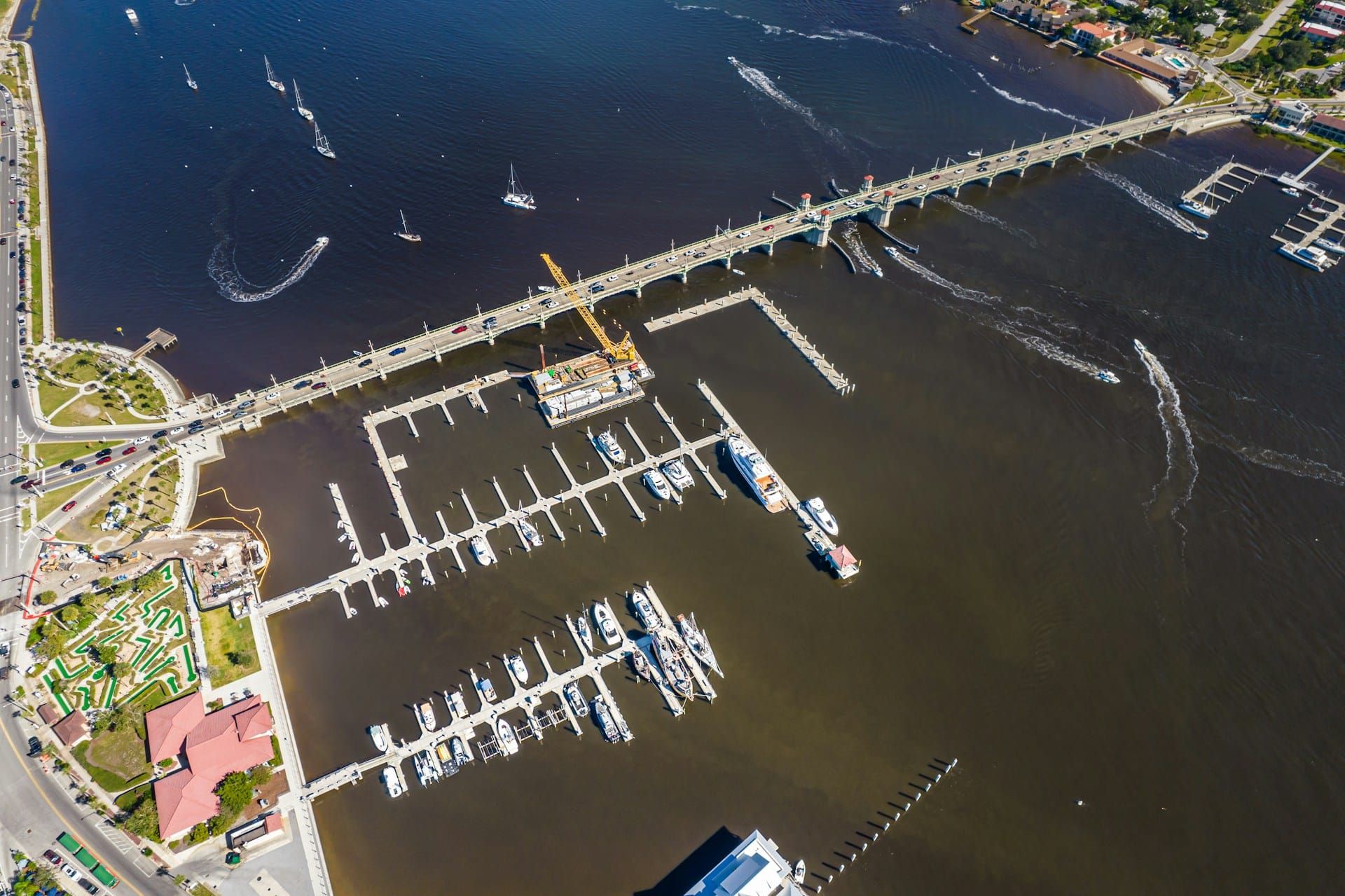Texas winters may be milder than most, but that doesn’t mean your dock and boats can be left unchecked. Temperature swings, cold fronts, and strong winds can all take a toll on your waterfront setup. Preparing your dock, boats, and gear for the colder months keeps everything in top condition—so when spring hits, you’re ready to get back on the water.
Here’s a complete guide to winter dock storage and maintenance for Texas lakefront property owners.
1. Start With a Full Inspection
Before winter sets in, take a close look at your dock. Check for:
- Loose bolts or hardware
- Cracked or warped decking
- Frayed ropes or cables
- Shifting or sinking float sections
If you use a floating dock system like those from EZ Dock Texas, modular sections make it easy to replace or reconfigure parts before storing boats or equipment.
A solid dock foundation gives you peace of mind all season long.
2. Clean Everything Thoroughly
Dirt, algae, and residue can cause damage if left over winter. Sweep and rinse the dock surface, ladders, and accessories with mild, eco-friendly cleaner.
For boats, wash the hull, flush the motor with fresh water, and remove any salt, grime, or debris. Allow everything to dry completely before covering—it prevents mildew and staining during storage.
Pro tip: Clean and wax your boat’s exterior now; it adds a layer of protection while stored.
3. Remove or Secure Loose Items
High winds can turn light gear into projectiles. Remove:
- Chairs, umbrellas, and decor
- Coolers, fishing rods, and small equipment
- Water toys, floats, and paddles
Store them in a waterproof dock box or a nearby shed. For larger items that must stay dockside, secure them with straps or tie-downs.
If you own a floating dock, consider removing ramps or connecting walkways if heavy winter storms are forecasted.
4. Store Watercraft Safely
Texas lakes may not freeze over, but temperature fluctuations can still cause damage to boats and jet skis left in the water.
Options for safe storage:
- Dry Storage: Move boats onto a lift or trailer and store under a covered shelter.
- EZ Port PWC Lifts: Perfect for jet skis and personal watercraft—they keep machines above the waterline while allowing quick re-launching.
- Boat Lifts: Keep hulls dry and reduce strain on anchors or cables.
Add breathable covers to prevent condensation buildup and check them periodically for secure fit.
5. Drain and Protect Lines and Hoses
Water trapped in hoses, pumps, or pipes can expand and crack during cold snaps. Drain all lines, remove plugs, and store hoses indoors if possible.
If your dock has plumbing or an electrical system, turn off water and power at the source. Wrap exposed pipes with insulation or heat tape for extra protection in colder regions like North Texas.
6. Maintain and Lubricate Moving Parts
Before putting equipment away, lubricate winches, hinges, pulleys, and moving hardware with marine-grade grease. It keeps them from rusting and ensures smooth operation when spring arrives.
Inspect dock cleats and fenders—replacing worn ones now avoids stress later when boating season returns.
7. Protect Your Dock From Storm Damage
Winter storms in Texas can still bring strong winds and fluctuating water levels. Check your anchor lines or cables and make sure they’re taut but flexible.
For floating docks, anchoring systems should allow vertical movement but prevent drifting. Modular docks from EZ Dock Texas naturally rise and fall with changing water levels, making them ideal for year-round use.
8. Keep Pests Away
Rodents and insects look for shelter during cooler months. Prevent infestations by sealing all food containers, removing trash, and closing any open bins.
Add natural deterrents like cedar blocks or peppermint oil to dock boxes or boat interiors—they help repel pests without chemicals.
9. Don’t Forget Smaller Gear
Life jackets, ropes, and tow lines should be rinsed, dried, and stored indoors. Mildew can form quickly in humid climates, even during winter.
Use labeled bins or mesh bags so everything’s ready for easy access when the weather warms up.
Fishing rods should be cleaned and stored vertically to avoid bending or tangling.
10. Check In Throughout the Season
Even with preparation, it’s smart to visit your dock a few times during the winter. Look for signs of damage, water pooling, or shifting sections. After strong winds or heavy rain, make sure anchors and cables remain secure.
A quick midseason check helps you catch small problems before they turn into major repairs.
Plan Ahead for Spring
Winter storage isn’t just about surviving the cold—it’s about setting yourself up for a smooth start next season. By maintaining and securing everything now, you’ll spend less time fixing and more time enjoying your dock when the Texas sun returns.
For durable, low-maintenance floating docks and PWC lifts that make year-round use easier, reach out to EZ Dock Texas. You can also follow EZ Dock Texas on Facebook for more tips on seasonal maintenance, dock care, and lakefront living.







